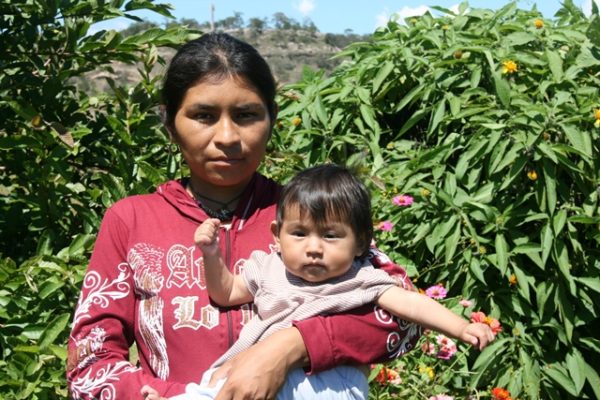#10 Interpret
Not all of the people in our village speak Nahuatl. There are Cora speakers, and Tepehuan speakers (besides the handful of our team who are English speakers). Some of these individuals have married in to Nahuatl families and are raising their kids in monolingual Spanish-speaking homes. Spanish is important as the trade language, meaning it is used for two people who do not share the same first language to be able to communicate in their second language.
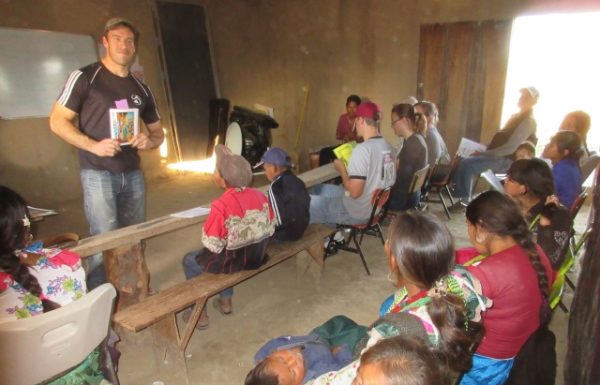
That means that our announcements, our comments at village meetings, our Bible teaching, and our gathering of believers needs to be in more than one language.
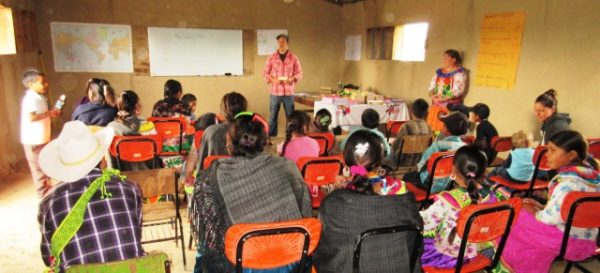
Pete teaches in Nahuatl, for example, and I might translate for the Spanish speakers. Or a guest might share in English and our team would translate into both Spanish and Nahuatl. Rachel does meetings about community development in one language and I interpret into the other.
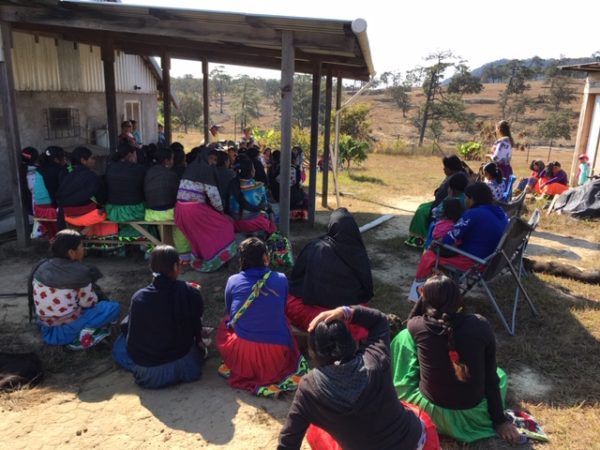
We might be called upon to help interpret forms, or other formal Spanish communications (ugh!), or something as simple as a request from a teacher that was not understood by a parent. At dental clinics we interpret the dentists’ requests into what ever language communicates clearly for the patient.
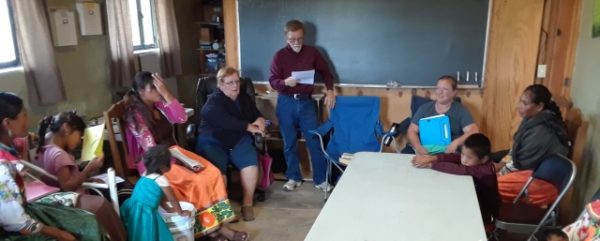
If the church in this village is going to represent a true cross-section of its members, then it will undoubtedly be a bilingual group. Our team is striving to communicate that there is a place for everyone, so we make efforts to communicate in the way that someone most easily can understand. This has its challenges and its obvious limits: I can’t speak Cora or Tepehuan. But, in interpreting things into the trade language we can make sure that anyone who shows up can feel included and understand.
